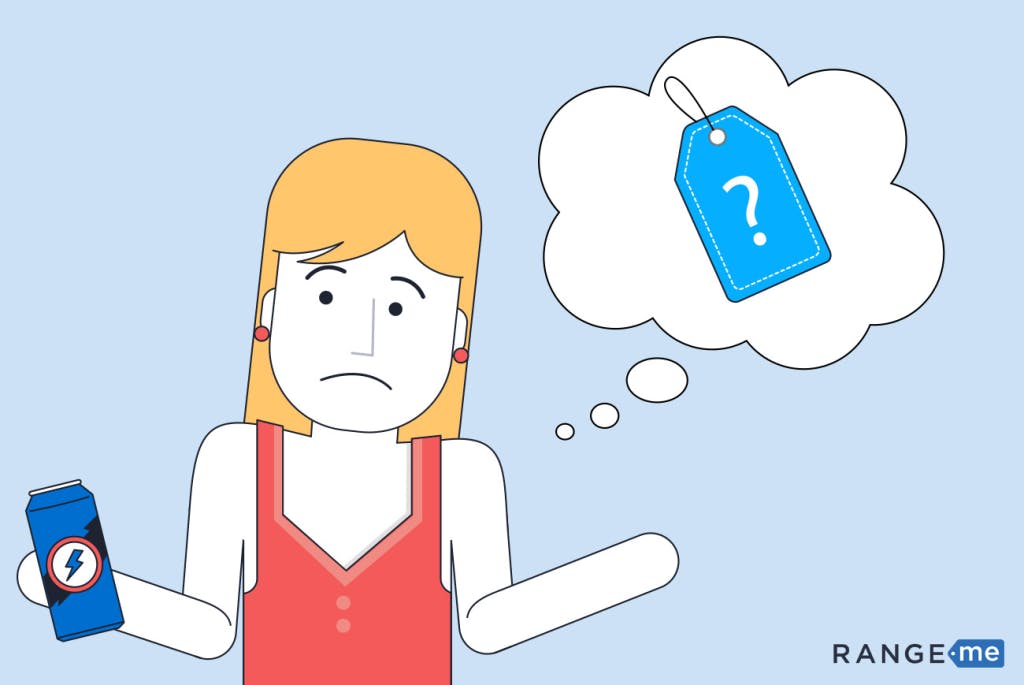As you’re well aware, there are myriad moving parts when bringing a new product to market. Formulating the physical product out of an idea, perfecting that formula, deciding on packaging, finding a retailer to stock your product, and then, of course, there’s pricing your product.
Too high and consumers will laugh you off the shelf and out of the store. Too low and you risk not only losing profit but also undervaluing your product in the eyes of consumer—surely a product as amazing as yours can’t be so inexpensive. “What’s wrong with it?” will be the question in consumers’ minds.
Understanding Existing Category Pricing
“The biggest mistake on new product pricing is not fully understanding the existing category pricing structure and history, particularly in regards to the promotional cadence and cycle that exists.”Pricing a new product may be one of the trickiest endeavors you encounter during the process. As someone who has been known to pay exorbitant amounts of money for frozen pizza, I’m not sure I’m the right person to give supportive insight on how to price your product. (Seriously, if it’s good frozen pizza—and yes, such a thing exists—I’ll drive across state lines and hand over a good portion of my savings account for it.) So I reached out to some colleagues in the industry who are much more rational that I to ask them about pricing new products. Specifically, what they think is the biggest mistake in new product pricing.
“One of the biggest, and more common, mistakes when it comes to new product pricing is missing the opportunity to price at ‘customer willingness to pay’ levels,” says Rob Wilson, a managing director in the Consumer Products and Retail Practice for LEK Consultants. “Companies that price based on cost-plus or comps can leave money on the table by failing to capitalize on premiums for unique features and perceived benefits of their brand/product.”
Pricing for Unique Features
Now, not all customers are going to be willing to pay an arm and a leg for frozen pizza. (Ahem.) But a good chunk of them are willing to pay for quality, and for products that offer them a little something more. When considering how to price your product, consider those features that make it unique. Is it organic? Is it gluten-free? Is it a larger-than-average size that could feed a family for more than one meal without breaking a budget? Hone in on those qualities that will make consumers stop and take notice of your product in the first place, and capitalize on them.
Besides unique features, there’s another aspect to consider about pricing.
“The biggest mistake on new product pricing is not fully understanding the existing category pricing structure and history, particularly in regards to the promotional cadence and cycle that exists,” says Neil Stern, senior partner at McMillan Doolittle, a retail consultancy. “Many new products optimistically believe they’ll never be discounted or promoted, only to find that their product languishes on a shelf when competitors or a retailer promotes. Thinking through the anticipated average selling price becomes critical so the product is properly positioned on a shelf.”
Consider Other Product’s Pricing
Remember that your product is not the only one in the store. (Sad, but true.) It is mostly likely not even the only new product in the store, or even within its category. When pricing your product, these factors have to play a role in determining the proper price point, both full and on sale pricing. Don’t let your products live a lonely shelf life because you think they are too-special-for-sale.
Landing on the right product may take some trial and error. In my next post we’ll hear from the experts on how to remedy an inappropriately priced product. But in the meantime, I want to know: What is the biggest issue you’ve encountered in pricing your new product?


